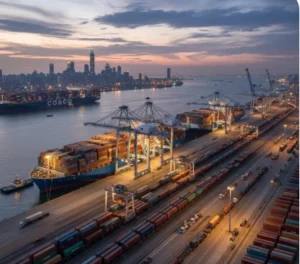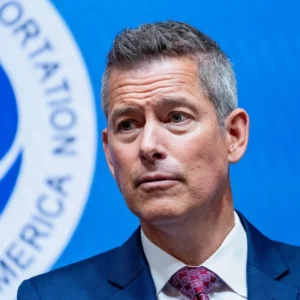Technology is advancing faster than laws, and some issues remain unclear. What happens if they crash? Who is responsible? How are they protected from cyberattacks? How will they handle roads where people drive poorly?

Autonomous trucks promise to revolutionize the freight transport industry by reducing costs and increasing efficiency. However, their implementation raises multiple questions that still lack clear answers. Here are ten of the most pressing concerns:
Who is responsible in case of an accident?
If an autonomous truck crashes, is the manufacturer, the software developer, the remote operator, or the truck owner at fault? Current legislation has not fully defined this issue.How will system failures be handled?
If the truck’s software malfunctions or crashes while on the road, what protocols are in place to prevent an accident or delivery disruption?What happens if they lose GPS signal?
Many autonomous trucks rely on GPS for navigation. If the signal is lost due to interference or satellite failure, will the truck stop immediately, or will it continue operating autonomously?How will they respond to extreme weather conditions?
Snow, dense fog, and heavy rain can affect sensors and cameras. Are these vehicles equipped to operate safely in all weather conditions?How will they interact with human drivers?
On roads filled with vehicles driven by people of varying experience levels, will autonomous trucks be able to anticipate and respond to unpredictable behavior?

What cybersecurity measures exist to prevent hacking?
Autonomous trucks could be vulnerable to cyberattacks. What security systems are manufacturers implementing to prevent digital hijacking?How will their circulation be regulated across different countries and states?
Each country has different freight transport regulations. Are there international agreements in place to allow autonomous trucks to cross borders without legal complications?What will be the impact on jobs in the industry?
Autonomous trucks could eliminate thousands of truck driving jobs. How will this transition be managed, and what alternatives will affected workers have?How will roadside emergencies be handled?
If an autonomous truck experiences a mechanical failure or is involved in an accident, how will it alert emergency services, and how will they be able to intervene efficiently?What will be the real cost of adoption?
Although they promise long-term operational cost reductions, the initial investment in autonomous trucks, infrastructure, and maintenance could be very high. Will transport companies be able to afford this expense without affecting their rates and services?

The U.S. Leads Global Growth in Intermodal Transportation
Intermodal transportation is entering a decade of rapid worldwide expansion, driven by growing demand for logistics efficiency, mounting cost pressures, and the global shift toward more sustainable freight systems.

California CDL Scandal Triggers 17,000 License Revocations After Federal Audit
California CDL Scandal Triggers 17,000 License Revocations After Federal Audit

Northern Lights Illuminate U.S. Highways and Surprise Nighttime Truckers
The Northern Lights dazzled drivers across the United States, painting the night sky in vivid colors from Minnesota to Alabama — a rare celestial show that turned ordinary highways into glowing horizons.

Operation Midway Blitz in Indiana leads to 146 truckers arrested
Operation Midway Blitz was carried out in coordination with the Indiana State Police, resulting in the arrest of 146 truck drivers. Raids conducted by the

Truckers for Troops: the trucking industry supports veterans
During Veterans Day, the trucking industry shows its support for active-duty service members and veterans. On November 11, we honor those who have served the

Cargo Theft: Why the Christmas Season Is the Most Critical Time of the Year
For the freight and logistics industry, Christmas brings enormous commercial opportunities—but also heightened exposure. Strengthening cargo security is not only a matter of technology or policing. It requires strategic planning, trained personnel, consistent internal protocols, and a culture of prevention.
